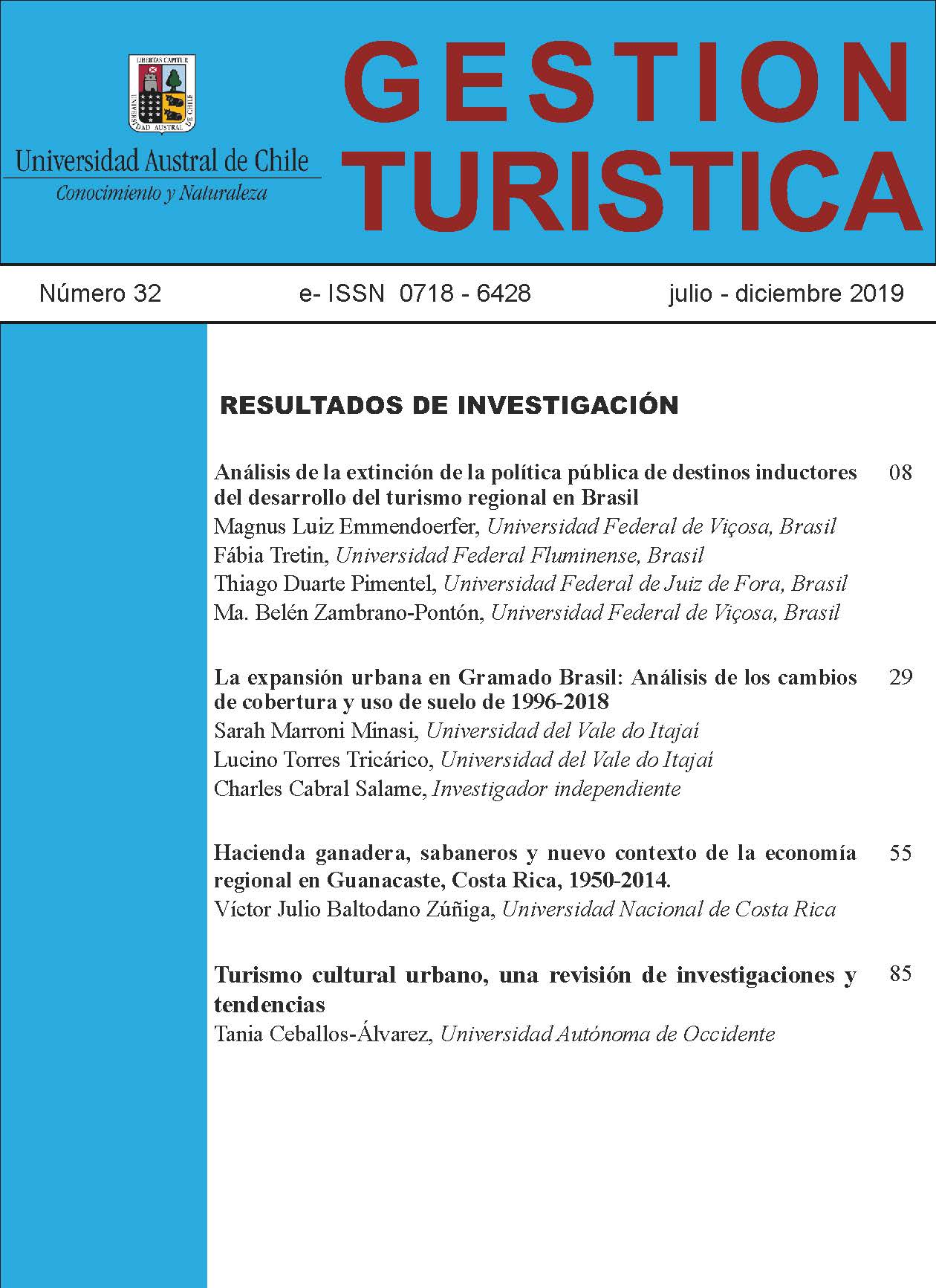LIVESTOCK HACIENDA, SABANEROS AND THE NEW CONTEXT OF THE REGIONAL ECONOMY IN GUANACASTE, COSTA RICA, 1950-2014
Main Article Content
Abstract
This article aims to study the cultural transformation Guanacaste sabaneros (cow-boys) in the new context of the regional economy, which in turn, impacts the cattle ranch of the province of Guanacaste. A qualitative methodology based on the life stories of the sabaneros was used for the study. A total of 26 reports were made between 2012 and 2014.Among the main findings of the study are the following: The Sabanero culture was built inside the hacienda at the end of the 19th century and the beginning of the 20th. However, the development of the productive forces and the struggle for land provoked a fragmentation of the hacienda, this lead to contradictions among the sabaneros themselves, between them and the peasants, and also class contradictions. Fragmentation reduced the size of the hacienda, and the emergence of capitalism more fully in the field of agriculture led little by little to the transformation in the culture of the Sabanero. These transformations made the traditional sabaneros coexist: the transformed ones who work on small farms, those who are linked to tourism to exploit their image, and those who assume culture as a way of life without working directly as Sabaneros.

